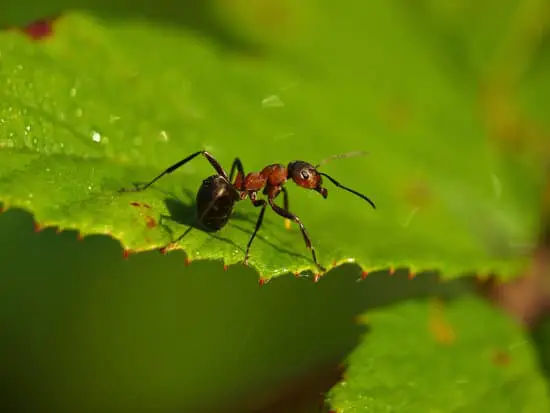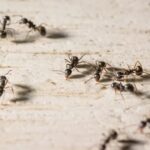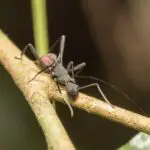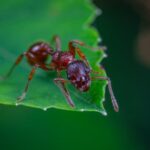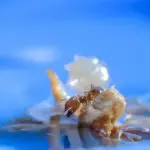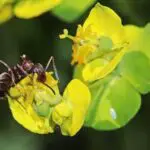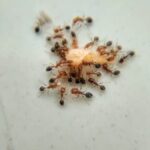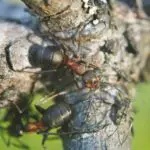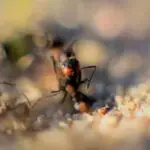How Do Ants Have Babies?
During the life of an ant colony, there are several stages of development. The process depends on the species of ant and the weather conditions. It takes about six to twelve months for a healthy colony to form.
The first stage is the larval stage. The larva resembles a tiny white maggot that will go through several stages of growth before it becomes an adult. The larvae are fed a steady food supply. They grow rapidly and go through several molts as they progress through their life. Some species of pupa remain uncovered and spin a cocoon for protection.
The larvae will continue to grow for ten days before it transforms into a pupa. A pupa is similar to an adult insect, with folded antennae and legs. Some species of pupa are spin cocoons to protect the larva.
The next stage is the adult stage. The adult ant has a body with three body sections. It has six legs and a pair of antennae. It is often lighter in color than the larvae. The ant becomes a fully grown worker ant at about 45 days.
The female ant becomes the queen. The queen lays an initial batch of twelve eggs. She then tends the larvae and eggs. She may begin a new colony after mating with a male ant in another nest. The newly mated queen can lay as many as 800 eggs per day.
The queen can also reproduce without a male mate. Her eggs are bigger than those of workers and are better treated. This allows her to pass on more genes in multiple generations.
